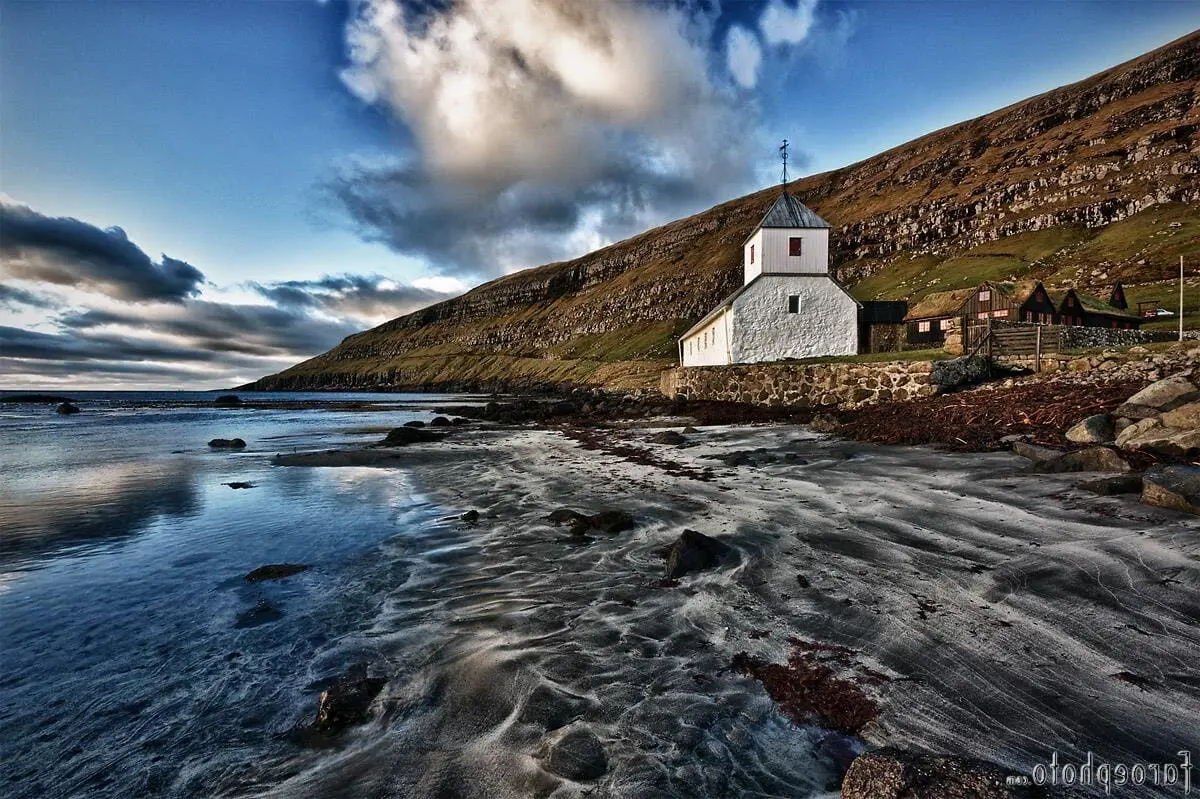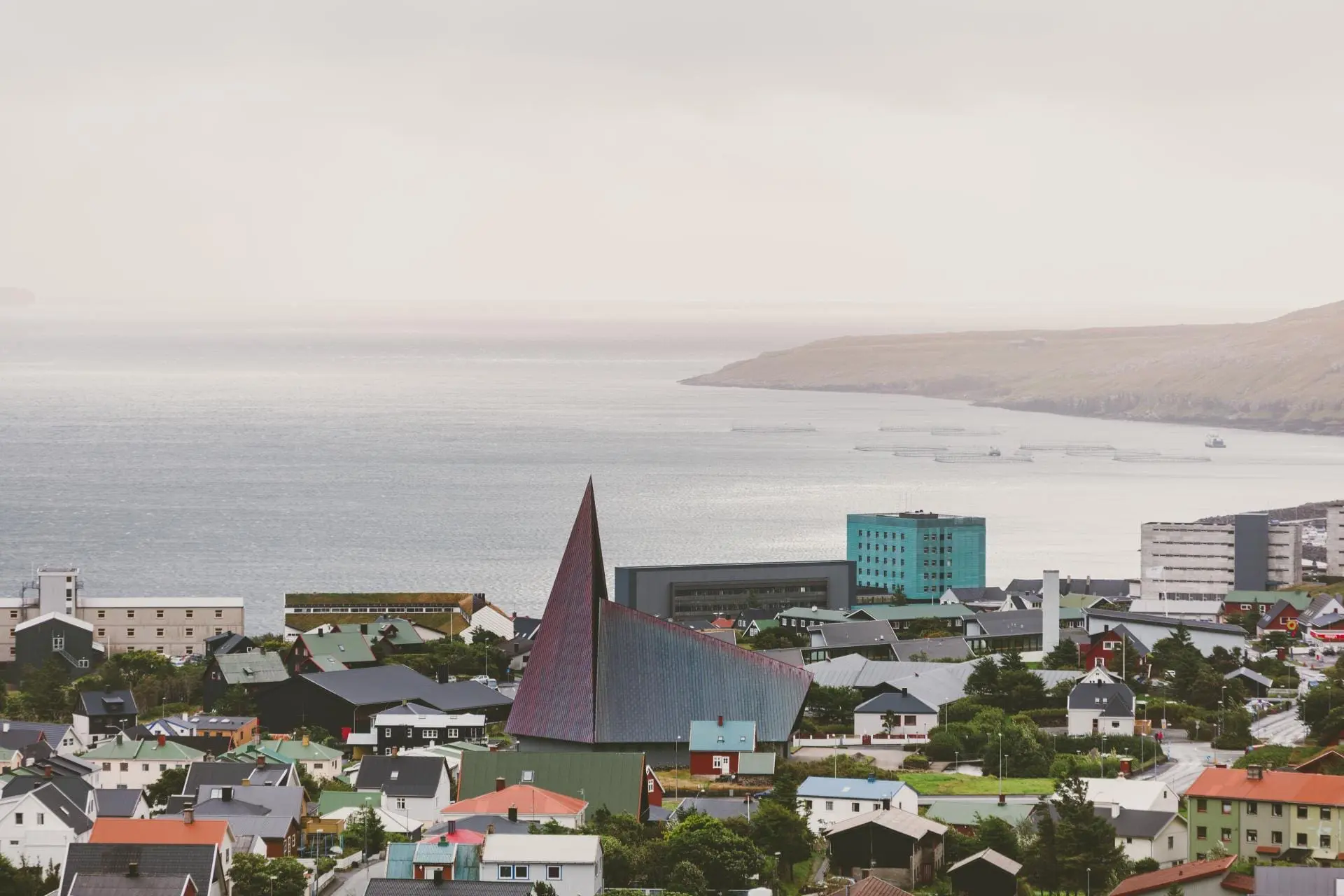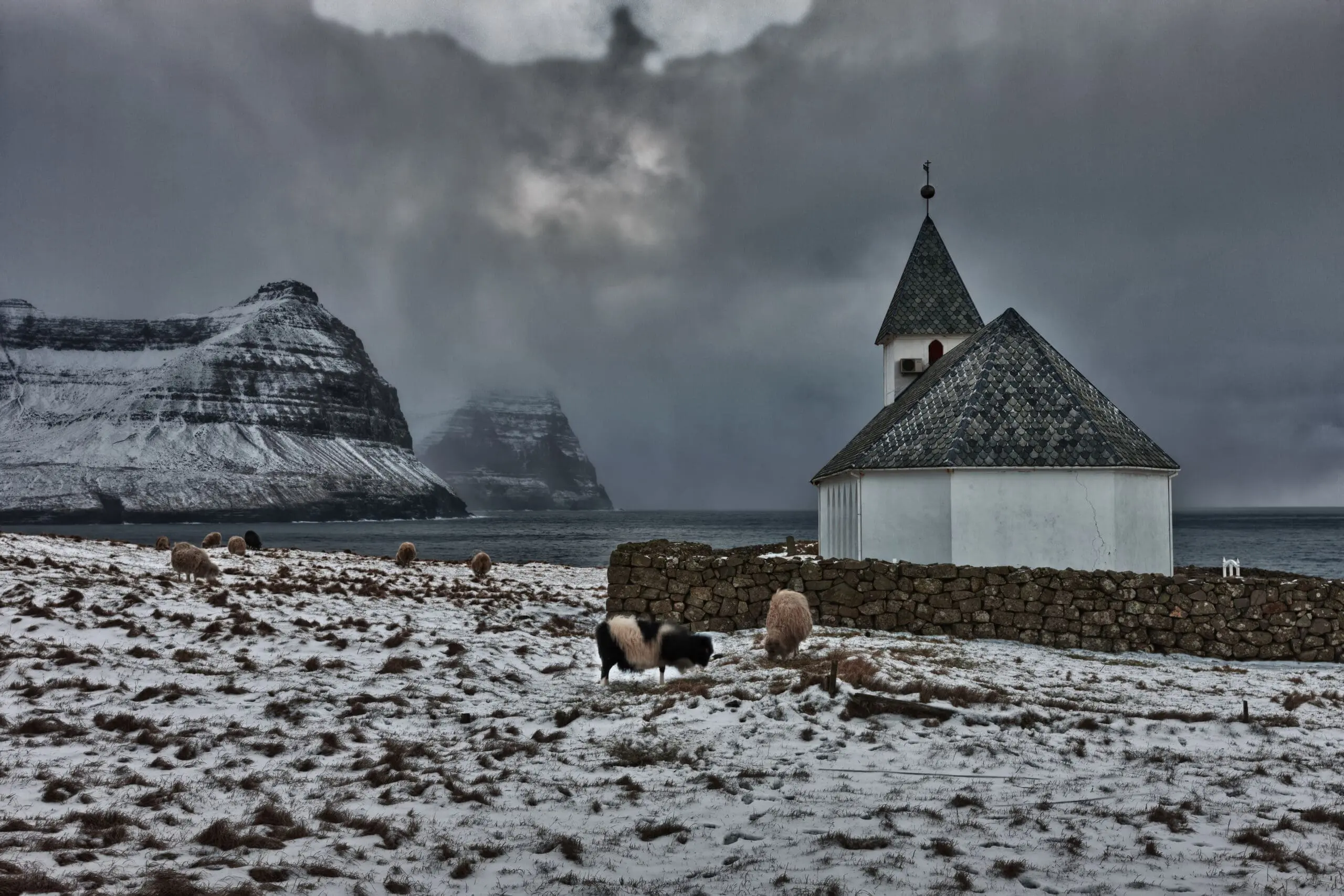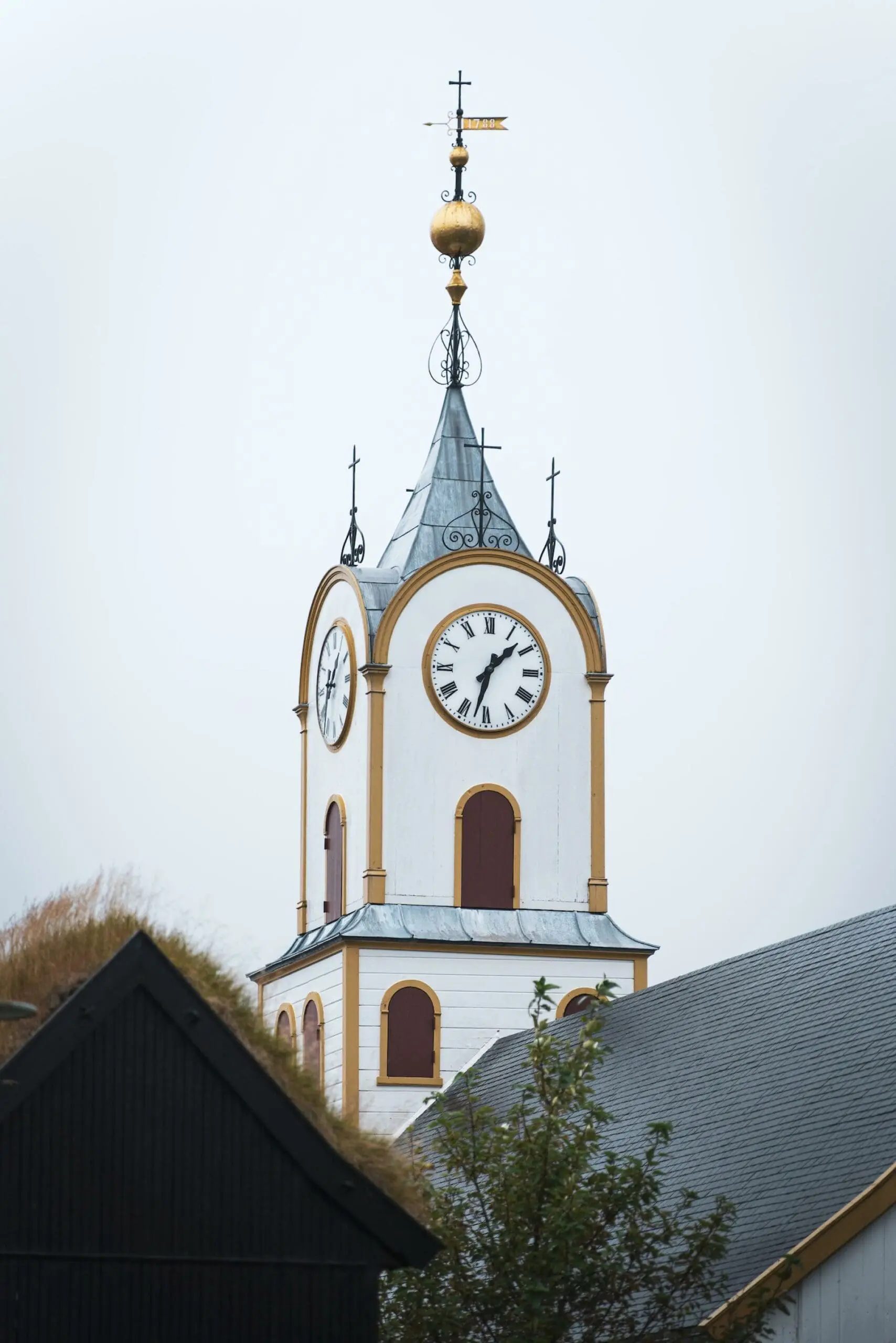Churches

Churches
Photo: Faroe Photo
From Saga to Modernity: The Evolution of Christianity in the Faroe Islands
The people of the Faroe Islands accepted Christianity around the year 1000. According to the Faroese saga, Sigmundur Brestisson built a church on Skúvoy, and chieftains and peasants likely built their own churches. However, a public church system probably wasn’t established until after 1100.
Shortly after 1100, an episcopal residence was founded in Kirkjubø under the archdiocese of Nidaros in Norway, established in 1153. Until the Reformation, the Faroe Islands remained one of the eleven dioceses in Nidaros. We know the names of 33 Catholic bishops in the Faroe Islands, the most prominent being Erlendur, who was appointed in 1268 and died in 1308. Erlendur began building the St. Magnus Cathedral in Kirkjubø, believed to have been completed and consecrated as the country’s cathedral.
Around 1538, after the Reformation, Jens Gregersøn Riber was appointed the first Lutheran bishop of the Faroe Islands, serving until 1557. The Faroe Islands then became a deanery under the Diocese of Bergen, Norway. In 1620, they fell under the Diocese of Zealand, Denmark, and in 1923, they became part of the Diocese of Copenhagen. In 1963, the Faroe Islands became a suffragan diocese, and in 1990, they became an independent diocese with Havnar Kirkja in Tórshavn as the cathedral.
Initially, the islands were divided into seven parishes, each with its own vicar. This system continued until 1913, when Suðuroy was divided into north and south parishes. Further divisions occurred in 1928, 1934, 1947, 1973, 1976, and 2000, creating additional parishes.
Priests originally received their income from their vocation, including a rectory and later an annexe-farm for widows. Other income sources included offerings, fees from communicants, and tithes, the latter two abolished in 1908. Priests were entitled to free conveyance until 1936.
Churches were built by local parishioners and managed by churchwardens under the supervision of the Faroese county authorities. They were financed by tithes.
Before the Reformation, church services were conducted in Latin. With the Reformation, Danish became the church language, lasting until the 20th century. Interest in using Faroese as the church language began in the early 19th century. A Faroese translation of the Gospel of St. Matthew was published in 1823, followed by the ritual book in 1930, the New Testament in 1937, and the altar book in 1939. In 1939, a royal decree allowed regular church services in Faroese. The first Faroese hymn book was published in 1956, and the authorized Faroese Bible translation was published in 1961. An earlier translation of the English Bible was published in 1949.
At the turn of the 20th century, most Faroese were members of the Church of the Faroe Islands. Today, there are 40,891 members, about 80 percent of the population.






